Into the Mist: Trekking for Mountain Gorillas and More Along Rwanda’s Wildlife Trails
Into the Mist: Trekking for Mountain Gorillas and More Along Rwanda's Wildlife Trails - An Up-Close Encounter with Gentle Giants
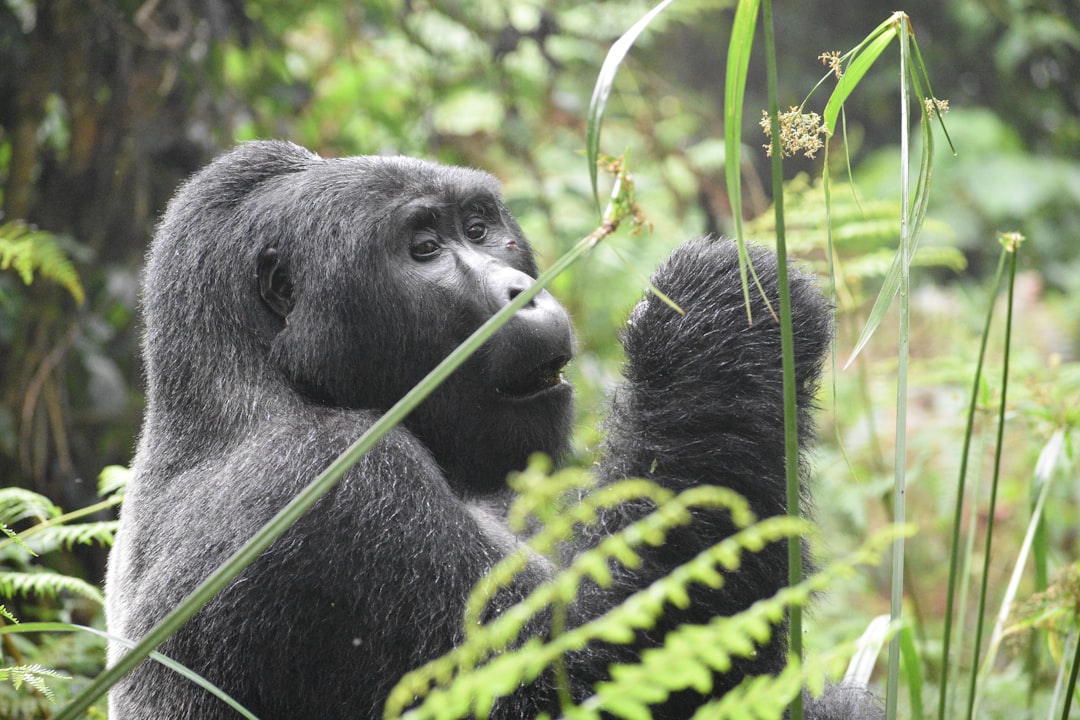
Coming face-to-face with a mountain gorilla in its natural habitat is a once-in-a-lifetime experience that leaves a profound impact. These magnificent primates, with their expressive eyes and human-like gestures, have an uncanny ability to connect with us on a deep level. As one of our closest genetic relatives, it's no wonder we find ourselves mesmerized by their gentle and inquisitive nature.
When trekking in Rwanda's Volcanoes National Park, you'll likely encounter one of the country's 20 gorilla families that have been habituated to human contact. Your seasoned guides will lead you just meters away from these massive but mellow primates, allowing you to observe their daily activities up-close. Don't be surprised if curious infants scamper your way or if a large silverback stares you down to assert his dominance. Stand calm and quiet - despite their intimidating size, the gorillas are harmless herbivores unless threatened. Resist the urge to touch them, as these endangered apes are susceptible to human diseases. A peaceful co-existence is key.
Most who have been fortunate enough to spend an hour with the rare mountain gorillas describe it as a spiritual experience unlike any other. The privilege of entering their world, even briefly, is profoundly moving. Expect moments of stillness and wonder as you watch them groom, forage, and care for their young. Their expressive communication and tight family bonds are a reminder that we are not so different after all. Conservationists like the late Dian Fossey dedicated their lives to protecting these gentle giants, and your visit helps fund the rangers who monitor their fragile populations daily. Just looking into their eyes is enough to feel a deep sense of connection - and responsibility.
What else is in this post?
- Into the Mist: Trekking for Mountain Gorillas and More Along Rwanda's Wildlife Trails - An Up-Close Encounter with Gentle Giants
- Into the Mist: Trekking for Mountain Gorillas and More Along Rwanda's Wildlife Trails - Tracking the Elusive Primates Through the Virunga Volcanoes
- Into the Mist: Trekking for Mountain Gorillas and More Along Rwanda's Wildlife Trails - More Than Just Gorillas: Rwanda's Diverse Wildlife
- Into the Mist: Trekking for Mountain Gorillas and More Along Rwanda's Wildlife Trails - Birdwatching Bonanza: Spotting Rwanda's 800+ Species
- Into the Mist: Trekking for Mountain Gorillas and More Along Rwanda's Wildlife Trails - Photographing Primates in Their Natural Habitat
- Into the Mist: Trekking for Mountain Gorillas and More Along Rwanda's Wildlife Trails - Immerse Yourself in Rwandan Culture and Cuisine
Into the Mist: Trekking for Mountain Gorillas and More Along Rwanda's Wildlife Trails - Tracking the Elusive Primates Through the Virunga Volcanoes
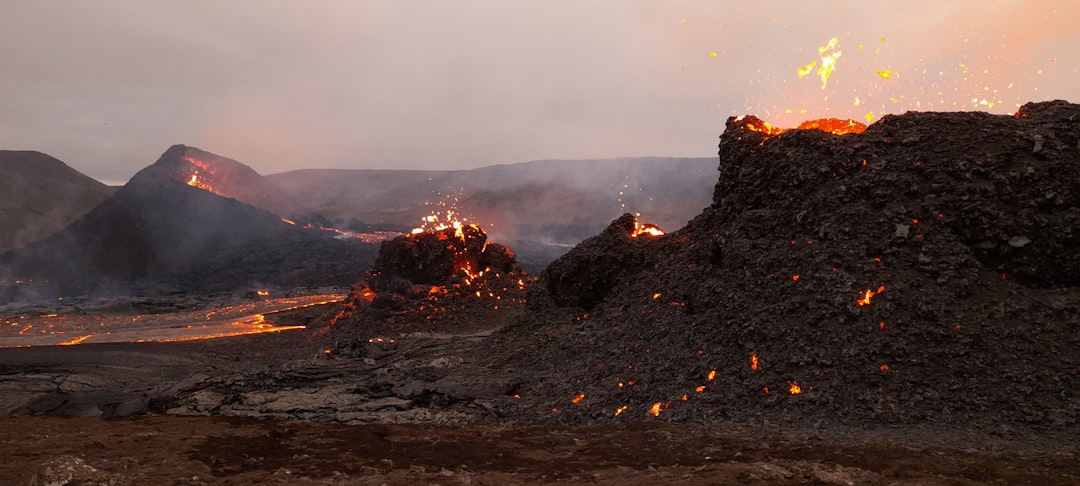
Far from the beaten path, Rwanda's mist-shrouded Virunga Volcanoes offer a dramatic backdrop for tracking one of the world's rarest and most elusive creatures - the endangered mountain gorilla. Home to about half the world's remaining mountain gorilla population, estimated to be just over 1,000, this compact range of extinct volcanoes spans the borders between Rwanda, Uganda and the Democratic Republic of Congo. Its montane forests and bamboo thickets cloak the steep, fertile slopes, ranging in altitude from 8,000 to 14,000 feet.
To trek to where the gorillas roam, you'll need to obtain a permit and hire experienced guides who know the terrain and gorilla families intimately. Trekking is limited to small groups of 8 people per gorilla family group, and can only be done within strict limits to minimize disturbance. Your trek will likely take 2 to 8 hours, depending on the gorilla family's current location - which is anyone's guess on the day. Be prepared for a strenuous hike at high elevation over muddy, uneven terrain.
The rangers will track the gorilla family you are assigned to based on the previous day's siting. This is no easy feat, as the gorillas are constantly on the move and often well-camouflaged by dense vegetation. But the rangers' expertise in following subtle signs like broken branches, dung, and feeding remains usually leads to a successful encounter.
When you finally spot that first flash of black fur and hear the rustle ahead signaling the group is near, anticipation reaches fever pitch. Your patience and perseverance is rewarded as you're led to a safe distance to sit and observe their daily rituals. After your magical hour with them draws to a close, the trek down is filled with a sense of awe and renewed commitment to protecting these gentle giants and their fragile montane habitat.
Into the Mist: Trekking for Mountain Gorillas and More Along Rwanda's Wildlife Trails - More Than Just Gorillas: Rwanda's Diverse Wildlife
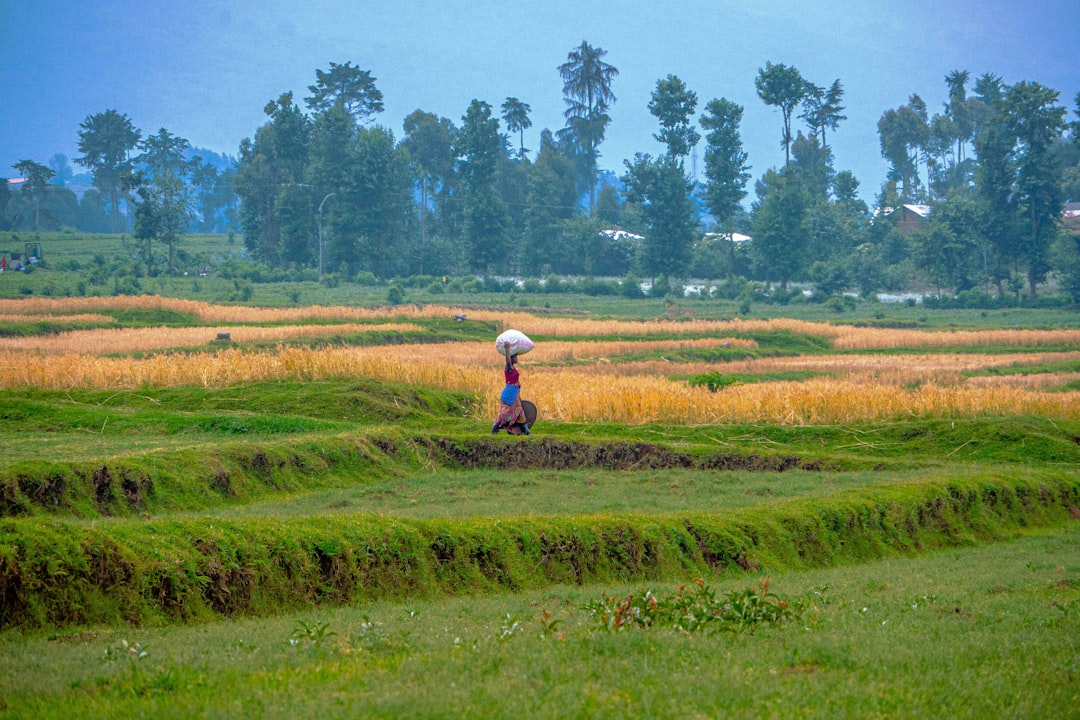
Rwanda may be best known for its rare mountain gorillas, but this small East African nation actually boasts impressive biodiversity beyond its famous primates. Exploring Rwanda's national parks and reserves reveals a wealth of African wildlife thriving in diverse ecosystems. Don't miss the chance to spot everything from tree-climbing lions to aquatic dancers during your visit.
While undeniably a highlight, the endangered mountain gorillas make up just one of many unique species calling Rwanda home. Golden monkeys swing acrobatically from bamboo branches within the Volcanoes National Park, offering a rare chance to observe these elusive primates up close. Spot their vibrant golden fur amid the verdant forests bordering the Virungas.
Venture northwest to Akagera National Park, Rwanda's largest protected area, for a classic African safari experience teeming with big game. Reintroduced lions stalk the savannah's tall grasses, while elephants wade through swampy papyrus along the meandering Kagera River. You may spot zebra, buffalo, hippos, giraffes and antelope species like impala and topi grazing the woodland savannah and open plains.
Don't overlook Rwanda's many endemic bird species, with over 700 identified. Seasonal marshes throughout Akagera draw migratory waterbirds in spectacular numbers, including the dancing grey crowned crane - Rwanda's national bird. Watch their elegant mating ritual as they bow and jump with outstretched wings. Along Lake Kivu, look for fish eagles dive-bombing for their next meal.
With both savannah and Afromontane forest ecosystems, Rwanda provides opportunities to track chimpanzees, another of our closest genetic relatives. Nyungwe National Park protects one of Africa's oldest rainforests, where hiking trails deliver the chance to hear chimps chatting and foraging in the canopy high above. Their hoots and pants echo through the misty forests for those listening closely.
Into the Mist: Trekking for Mountain Gorillas and More Along Rwanda's Wildlife Trails - Birdwatching Bonanza: Spotting Rwanda's 800+ Species
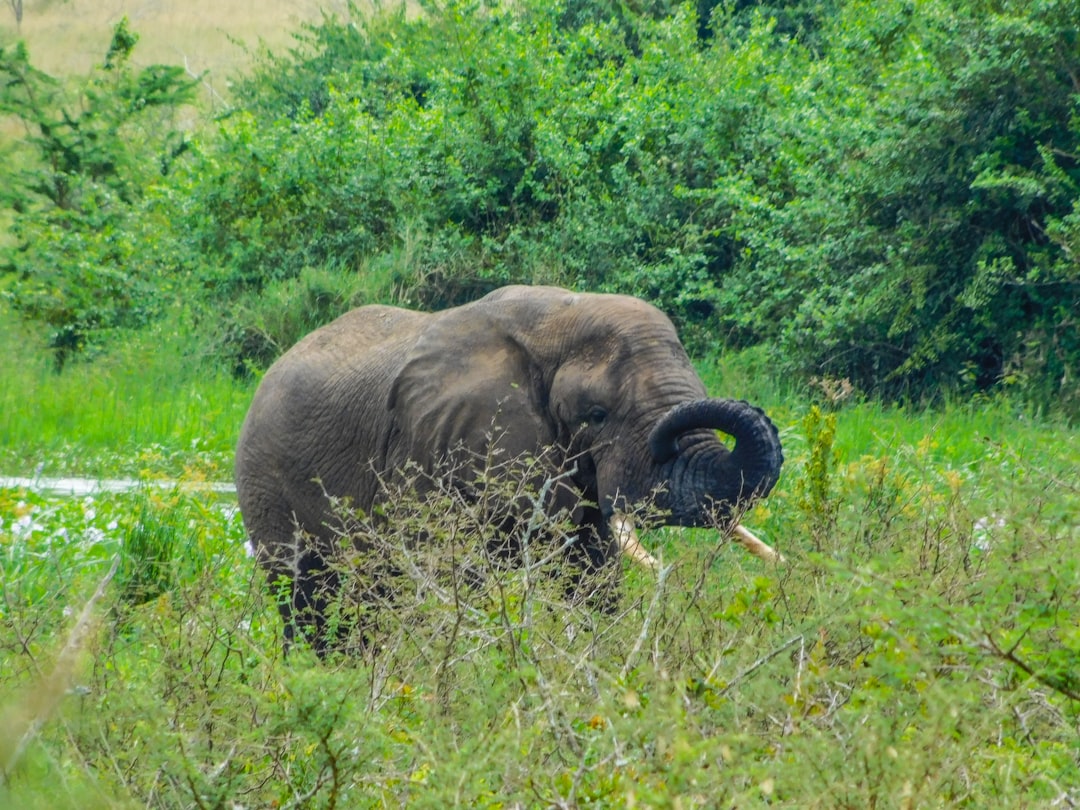
For avid birdwatchers, Rwanda offers a bonanza of over 800 recorded species within its compact borders. Twitchers flock here for the sheer diversity of habitats, from montane forests to savannah grasslands, which draw a remarkable array of resident and migratory birds. Even non-birders find themselves enthralled by the dances of cranes, the dive-bombing of fish eagles, and the resonant hoots of chimps carried on misty mountain airs.
Nyungwe National Park tops many bird lovers’ Rwandan must-see list, protecting one of Africa’s last remaining rainforests. As you stroll the hiking trails, listen for the noisy chattering of over 300 species flitting overhead. Flocks of Ruwenzori turacos stand out with their crimson wings, while Angola pitta hop along the forest floor. If luck is on your side, you may spot one of Nyungwe’s rare forest dwellers like Grauer’s broadbill or Neumann’s warbler. But some of the greatest thrill comes from recognizing the resonant hoots and pants of chimpanzees echoing all around you.
Venture further north to explore Akagera National Park’s woodland savannah and wetlands, where migratory waterfowl arrive in astonishing numbers. Watch squadrons of white-faced whistling ducks alight on lakes, while spur-winged geese honk overhead. Seasonal marshes see giant Goliath herons wade silently amid hippos and buffalo. Come spring, vibrantly-plumed bee-eaters nest in banks along the Kagera River. But the park’s most iconic avian resident is the grey crowned crane, Rwanda's national bird, who performs an elegant dance as part of elaborate mating rituals.
Into the Mist: Trekking for Mountain Gorillas and More Along Rwanda's Wildlife Trails - Photographing Primates in Their Natural Habitat
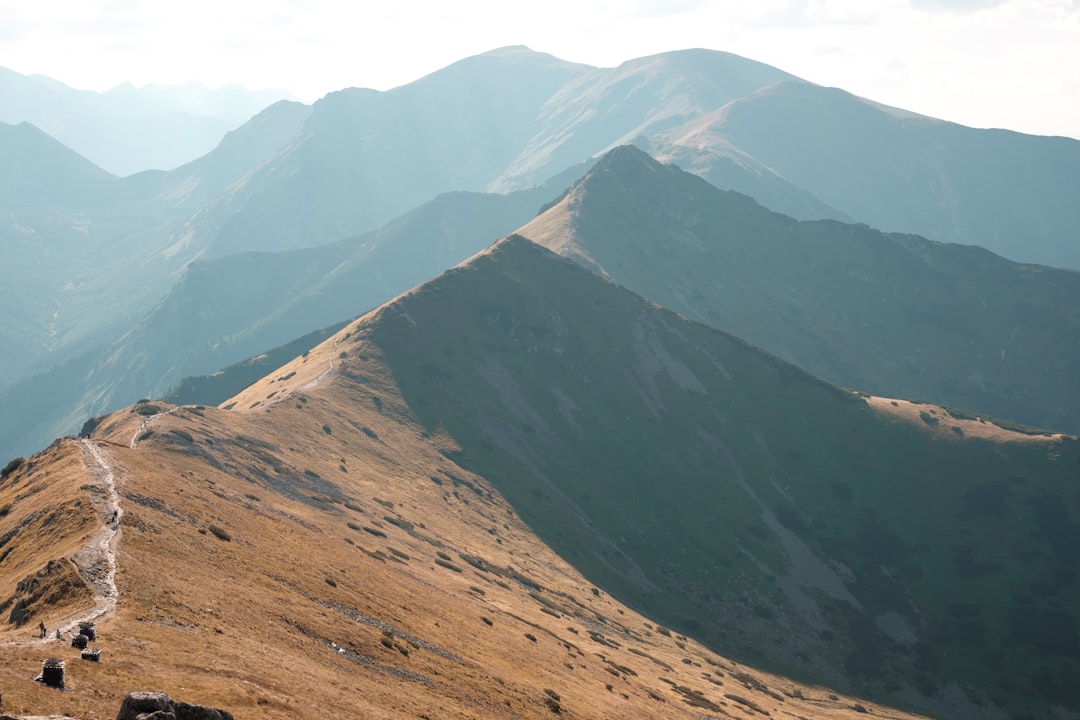
With massive telephoto lenses at the ready, professional wildlife photographers venture deep into Rwanda's national parks in hopes of capturing rare and compelling images of endangered primates in their natural setting. While mountain gorillas are surely the prize, photographing chimpanzees and golden monkeys in the misty forests also presents a special challenge. Approaching these elusive creatures takes skill, patience, and care not to disturb their delicate existence.
Photos that illuminate the mountain gorillas' intimate social connections have more power than simply majestic portraits. Photographers strive to show family dynamics, with silverbacks protectively watching over the group and rambunctious infants roughhousing. Images revealing the primates' human-like emotions - joy, frustration, serenity - also connect us to their plight. Photographers must wait calmly for these unscripted moments to unfold naturally. While flash is prohibited, experienced photographers use fast prime lenses and bump up their camera's ISO to cope with low forest light. They recommend shooting in burst mode when action happens to capture subtle facial expressions. With the apes constantly on the move, blurry shots come with the territory.
Chimpanzees present their own frustrations, as these agile tree-climbers disappear into the canopy within seconds. Photographers suggest staking out forest clearings used for feeding in hopes of capturing chimps foraging low to the ground. At Mahale Mountains National Park, chimps have learned to crack open nuts using rocks - presenting a chance to show their intelligence and dexterity. It takes infinite patience to come away with a portfolio of images showing the chimps' athleticism, family bonds and personality.
While less endangered, golden monkeys allow closer viewing since they're more accustomed to human presence. Photographers have the chance to capture endangered but often overlooked primates going about their arboreal lives. Images of them leaping from branch to branch or foraging in troops illustrate their vital role in the forest ecosystem. Backlit shots silhouette their striking golden fur against the misty vegetation. Since they're smaller and partially obscured by foliage, using flash can help illuminate facial details and expressions.
Into the Mist: Trekking for Mountain Gorillas and More Along Rwanda's Wildlife Trails - Immerse Yourself in Rwandan Culture and Cuisine
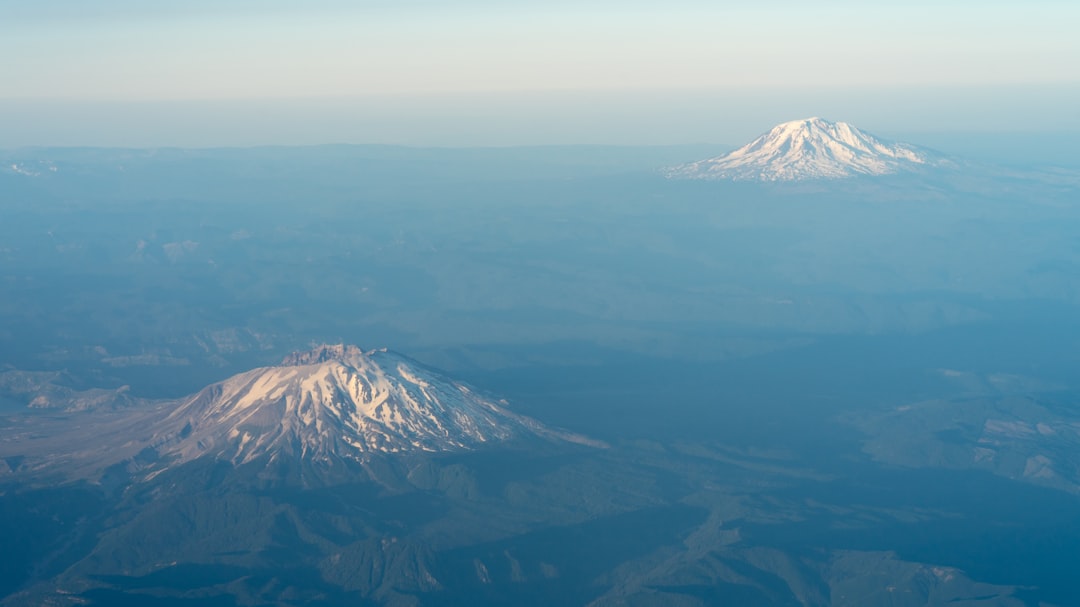
Beyond wildlife viewing, immerse yourself in Rwanda's living cultural heritage and savor authentic cuisine during your visit. Experiencing the everyday life, arts, and food traditions of local communities provides meaningful insight into this beautiful country. As tourism continues to grow, supporting sustainable businesses and cultural experiences helps ensure Rwandans reap the benefits.
Marvel at skilled artisans hand-crafting bowls, baskets, and masks at cooperative workshops you can visit across Rwanda. Traditionally made from local sisal fibers or raffia palm leaves, these creations make meaningful souvenirs. At the Agaseke Project, see women weaving intricate butterfly-shaped Peace Baskets, a symbol of Rwanda's renewal after the genocide. Sample freshly roasted coffee at the cooperative farms producing Rwanda's finest specialty beans.
Attend an energetic performance of Intore dance, celebrating Rwanda's royal heritage through drumming, songs, and quick-stepping dancers outfitted in colorful costumes. This vibrant tradition dates back centuries and is now regaining popularity. Or head to one of the many genocide memorials, like Kigali's Genocide Memorial Center, to grasp this somber period that still affects today's Rwanda.
Taste Rwandan cuisine during village homestays or at local restaurants. Sample nutritious dishes like isombe - a stew of cassava leaves, beans, and peanut sauce often served over ubugali (stiff maize porridge). Meat kebabs called brochettes pair nicely with roasted plantains or sweet potatoes. For breakfast, try eggs served with ndagala, a yogurt-like fermented milk. Locally grown fruits like pineapple and passionfruit make refreshing juice. And don't miss Rwanda's excellent coffee, hailed for its bright, fruity notes.
Stay in community-run lodges and campgrounds located near national parks and wildlife reserves. Not only does your stay directly support local livelihoods, it provides a portal into everyday Rwandan life. Interact with villagers, learn about their day-to-day routines, and gain insight into Rwanda's rich cultural heritage through dances, crafts, and culinary traditions they happily share with visitors.
